This is a guide for people joining after the conversation started, missing the introduction. It’s not a complete manual.
(printable version)
What are these people doing?
We are having a semi-structured conversation.
It feels a bit strange at first, but it works (trust us). Try to observe for a while, and do what other people do.
What follows is a short guide to help making sense of what’s happening.
Are there rules?
They are more like guidelines than rules, but yes:
Every conversation is timeboxed
Generally 5 to 10 minutes per block, that can be extended if the majority wants. This way, no topic will overstay its welcome.
In case you realize you wanted to know more: the people are still there, you can ask them after the event.
We keep the conversations personal and practical
This is meant to be similar to exchanging recipes: we don’t want to discuss about the grand meaning of food, we want to tell each other what works and what doesn’t, or ask the equivalent of “how do I avoid burning my onions?”.
We want to keep the observations about ourselves, no absolutes. What happened to us, what didn’t. We can have opinions, but we share them connected to what happened.
Specifically, this is better understood as one positive rule (“do like this”), and three negative ones (“do not do like this”):
DO: keep it personal and practical
Talk about what happened to you. “I used to feel horrible when a partner did SOMETHING, but then I realized that if we added SOMETHING ELSE, it stopped being a problem”. (Please insert your own SOMETHING).
DON’T: no general philosophy
As mentioned above, every conversation is timeboxed. If someone wrote an 800 pages tome on the topic, it’s improbable we’ll solve it in less than 10 minutes. This includes topics like “what is love, after all”, “why do we want relationships anyway” and similar.
DON’T: no prescriptions
Don’t tell others what to do. You are welcome to share what happened when you tried, and didn’t work. You can also express your strong opinion that, according to you, that won’t work and is asking for trouble. We even have a hand signal for this. But don’t tell people what to do what what not to do: it almost never leads to a productive conversation.
DON’T: no “what” without “how”
It mostly covers and encompasses the previous rules: we share what works, worked, or didn’t work, for us. We don’t say “just be yourself” or “don’t be jealous” (they are, by the way, also prescriptions).
I have no idea how to “just be myself”, and if I could just “not be jealous”, I would (same for “don’t be depressed” and similar).
“I used to feel jealous in SPECIFIC SITUATION, but doing SPECIFIC THING THAT I TRIED, things changed”. This works: we have details. We have experience. We have a person that maybe has similarities to us, or maybe not.
The group is self-facilitated, mostly with hand signals, with some help when needed
See below for more details.
Why are they making strange hand signals?
To allow the group to self-facilitate, we’re using hand signals taken mostly from the Occupy Wall Street assembly, with some small changes.
With them, we silently signal we want to say something, we express approval or disapproval, we keep track of who wants to talk next.
Also, we choose together if to stay on a topic or if to pass to the following one (or terminate an event).
The signals we generally use are:
Facilitation signs
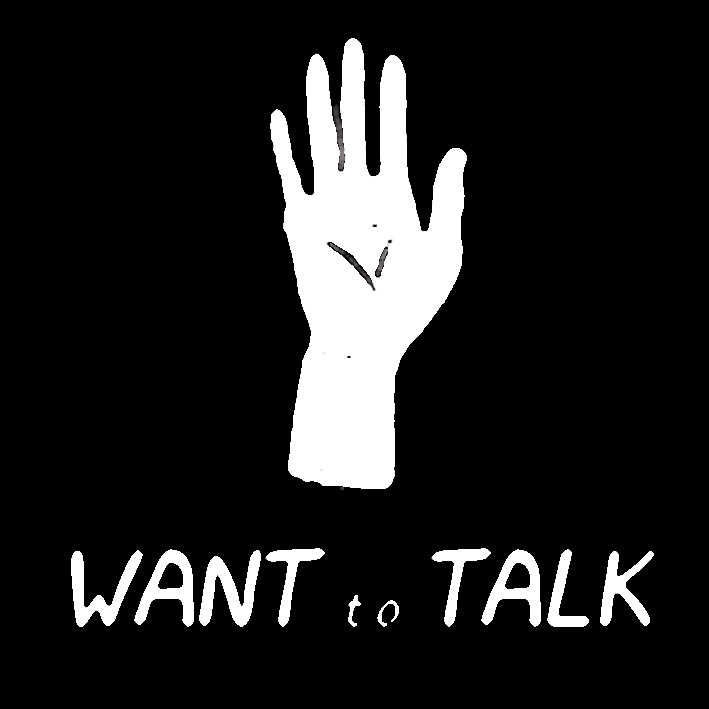
Also known as “stacking”, it means “I want to talk next with a longer contribution”
The person currently talking is not expected to stop at once. Depending on how many people are in line, and on comments, it can take a while: find a comfortable way to keep a hand/arm/finger up.
If you put your hand down, we understand you don’t want to talk anymore (either you lost track, or someone else already said it, or anything else)…
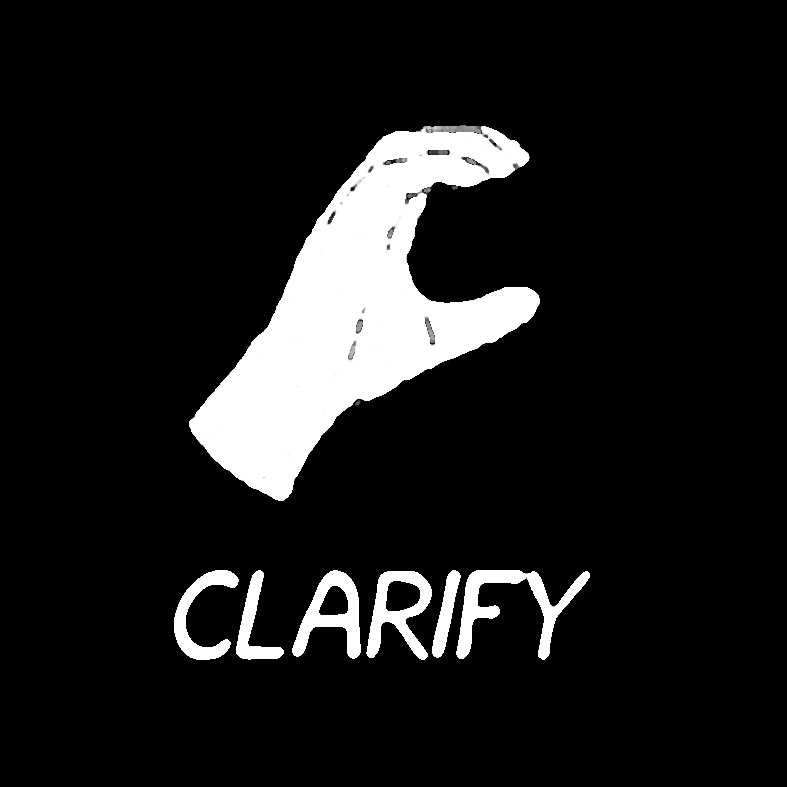
Also known as “question” or “comment”, it means “I want to ask a question/add something short to what’s being said”
Waiting for one’s turn can take a while, and the conversation often changes topic. In case we want to say something on right now to the person talking, this is the signal.
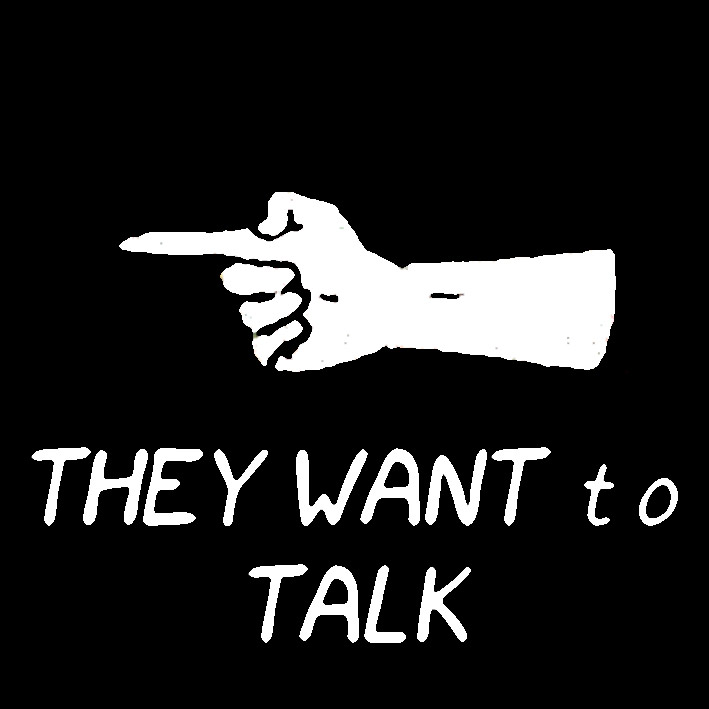
Someone raised their hand and wants to talk.
This is the time when pointing to people is the polite thing to do
As a group, we want to keep track of who wants to talk, and we do this by pointing. We can generally point up to two people waiting, sometime three if we get creative: when more than 2-3 people are waiting, the facilitator will assign numbers.
Emoting
To avoid disturbing the conversation, we show our emotions with hand signals, without talking. Of course people end up making sounds at times, but this is the idea…
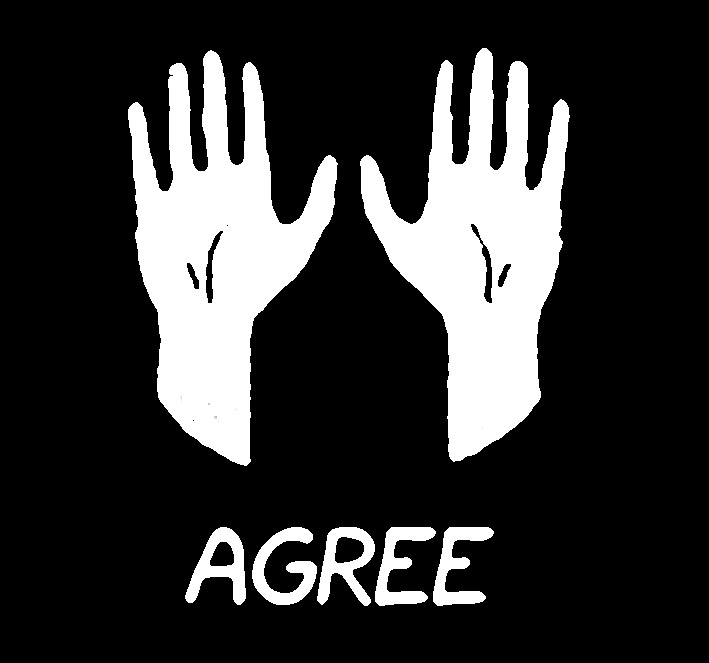
I agree with what’s being said. Also “me too”.
What’s being said is good. It happened to me. Yes, true. Agree.
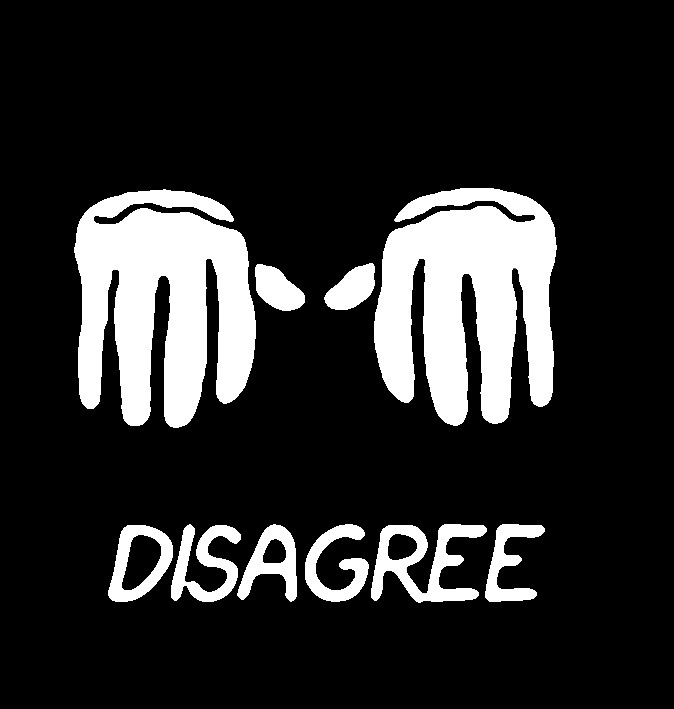
I disagree with what’s being said. Also “that doesn’t work”, or “I tried, and I got hurt”
What’s being said is not good. It happened to me and was terrible. No, false. Disagree. Not for me.

We got the point, you’re repeating yourself/someone else
Sometime we get really wrapped up in what we’re saying, because it’s very important for us, or we think that if we repeat it just one more time other people will be convinced.
This is to signal that, yes, we heard you, we now want to hear someone else.
Please note that it feels very harsh to receive it: use it with care.
voting
To vote on “do we want to keep on discussing this topic, or move to the next?” we use a very sofisticated system: thumbs up and thumbs down. An “up” cancels a “down”, and we follow the desire of the group for the next few minutes.

Yes
Let’s talk more about this topic

No
Let’s move to another topic